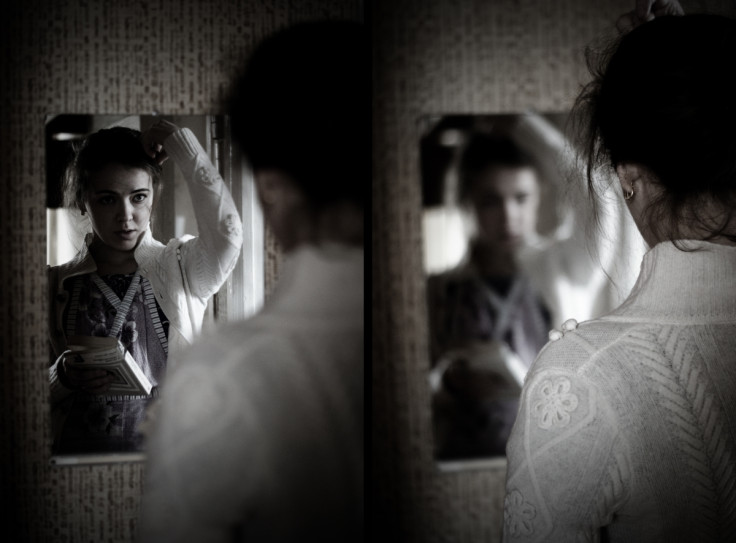Movements reveal people's personality traits and drive social interactions

People who make similar movements to others will find it easier to interact and coordinate, scientists say.
Their study, published in scientific journal Interface, is part of the EU-funded AlterEgo project. Its aim is to come up with a new robotic-based clinical method to improve social interaction of people suffering from social pathologies such as schizophrenia, autism, or social phobia. The scientists believe that patients facing artificial agents similar to them will increase their engagement in social interaction.
This latest study is just the stepping stone to produce such artificial agents. It is a first attempt at describing how movements drive social interactions, and at proving people are better able to communicate with others when they share a kinematic resemblance (the same way of moving).
Individual motor signatures
The scientists suggest that each individual have a unique way of moving. They call this a "motor signature" and say it is the blueprint of the subtle differences in the way a person moves compared to someone else, measured in the speed or weight of movement. If motor signatures are similar, people tend to have stronger, more collaborative relationships.
The scientists had volunteers play the "mirror game", which consists in two people moving together, either by trying to synchronize or by having a follower imitate a leader.
"Our work shows we all have individual motor signatures, which are persistent in all the activities that we do", lead author Krasimira Tsaneva-Atanasov told IBTimes UK. "How well two persons move together in the mirror game depends on whether their motor signatures are similar or not, and it dictates whether they will be able to act in coordination".
When considering social disorders like schizophrenia or autism, the scientists believe the "mirror game" can teach them a lot. They are currently carrying out more research to test their hypothesis that patients with these disorders have a harder time synchronising with others during a game session.
They hope this understanding will pave the way for creating avatars that are able to synchronise with them by doing similar movement, getting them out of the social isolation they often face.
© Copyright IBTimes 2024. All rights reserved.






